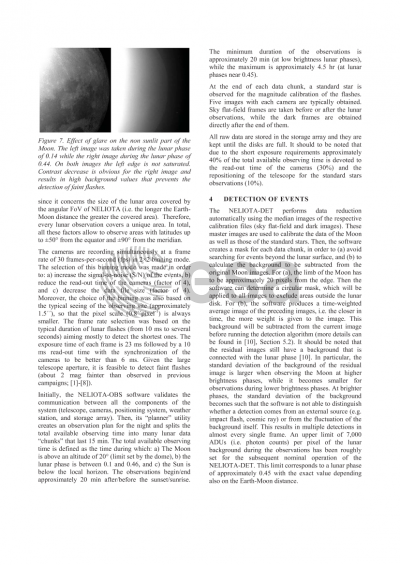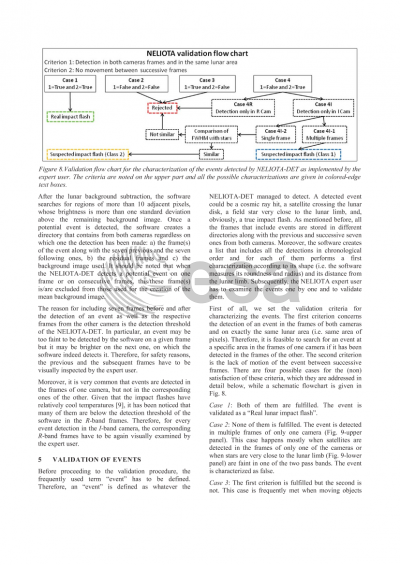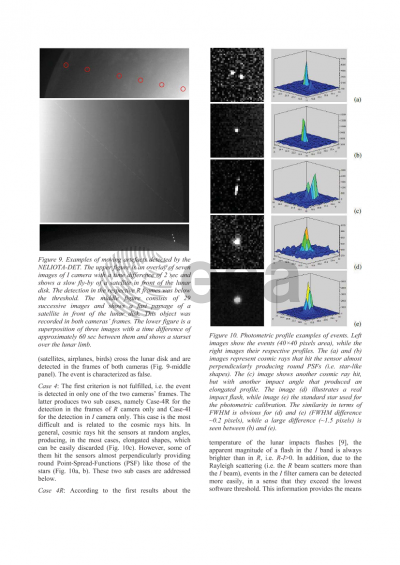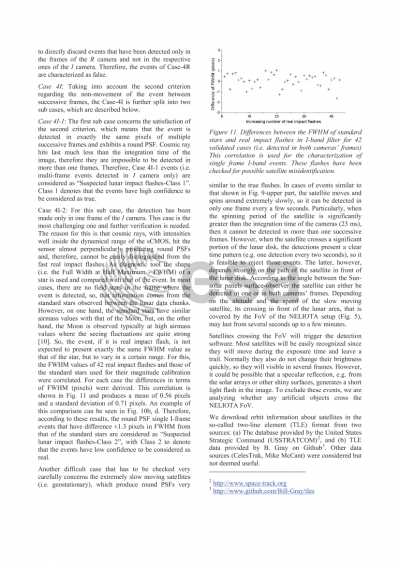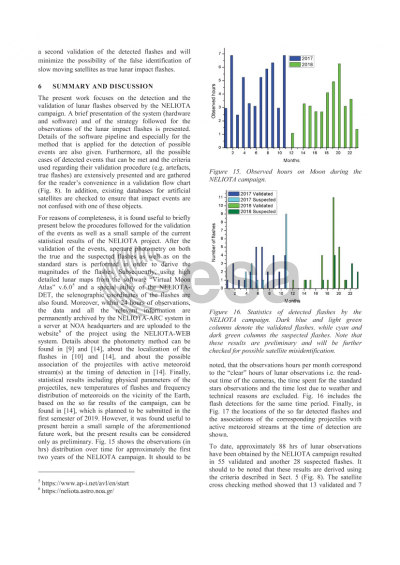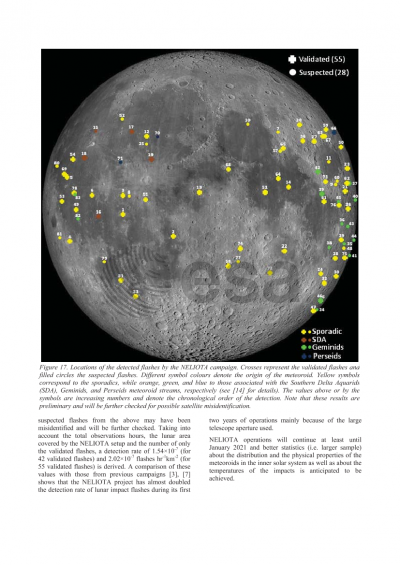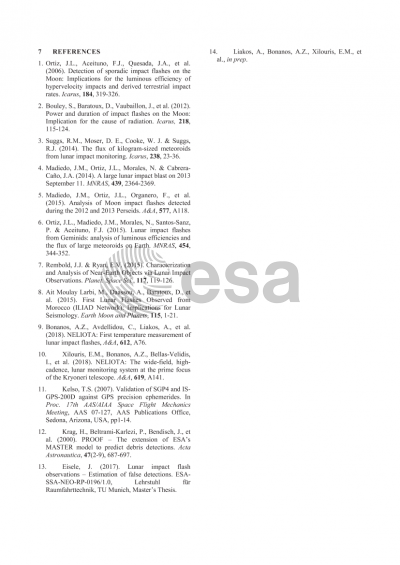Document details
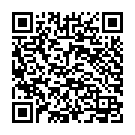
Abstract
NELIOTA (NEO Lunar Impacts and Optical TrAnsients) is an ESA-funded lunar monitoring project, which aims to determine the size-frequency distribution of small Near-Earth Objects (NEOs) via detection of impact flashes on the surface of the Moon. The 1.2 m Kryoneri telescope of the National Observatory of Athens was upgraded in 2016 and a prime focus, wide-field, high-speed, twin-camera Lunar imager was commissioned for this purpose. The twin imaging system includes a pair of identical sCMOS detectors providing simultaneous observations in two photometric bands at a rate of 30 frames-per-second. The project has deployed a hardware system for recording and processing images. We have also developed a software system, which controls both the telescope and the cameras, processes the images and automatically detects candidate NEO lunar impact flashes. The impact events are verified by an expert, characterized and made available to the scientific community and the general public via the NELIOTA website within 24 hours of discovery. A 22 month observing campaign began in February 2017 and has so far detected over 50 lunar impact events (September 2018). The NELIOTA software routinely detects artificial satellites, which typically appear as streaks or dots crossing the lunar disk. These candidate events are easily rejected by the expert user given their appearance and presence in both filters. However, satellites moving at low speeds or geostationary satellites may produce artefacts, e.g. due to reflection of sunlight off their solar panels that appear as impact flashes. We therefore employ available catalogs of geosynchronous satellite positions to validate each impact flash. The NELIOTA observing campaign will be extended until January 2021 in order to collect more data and improve the impact flash statistics.
Preview



